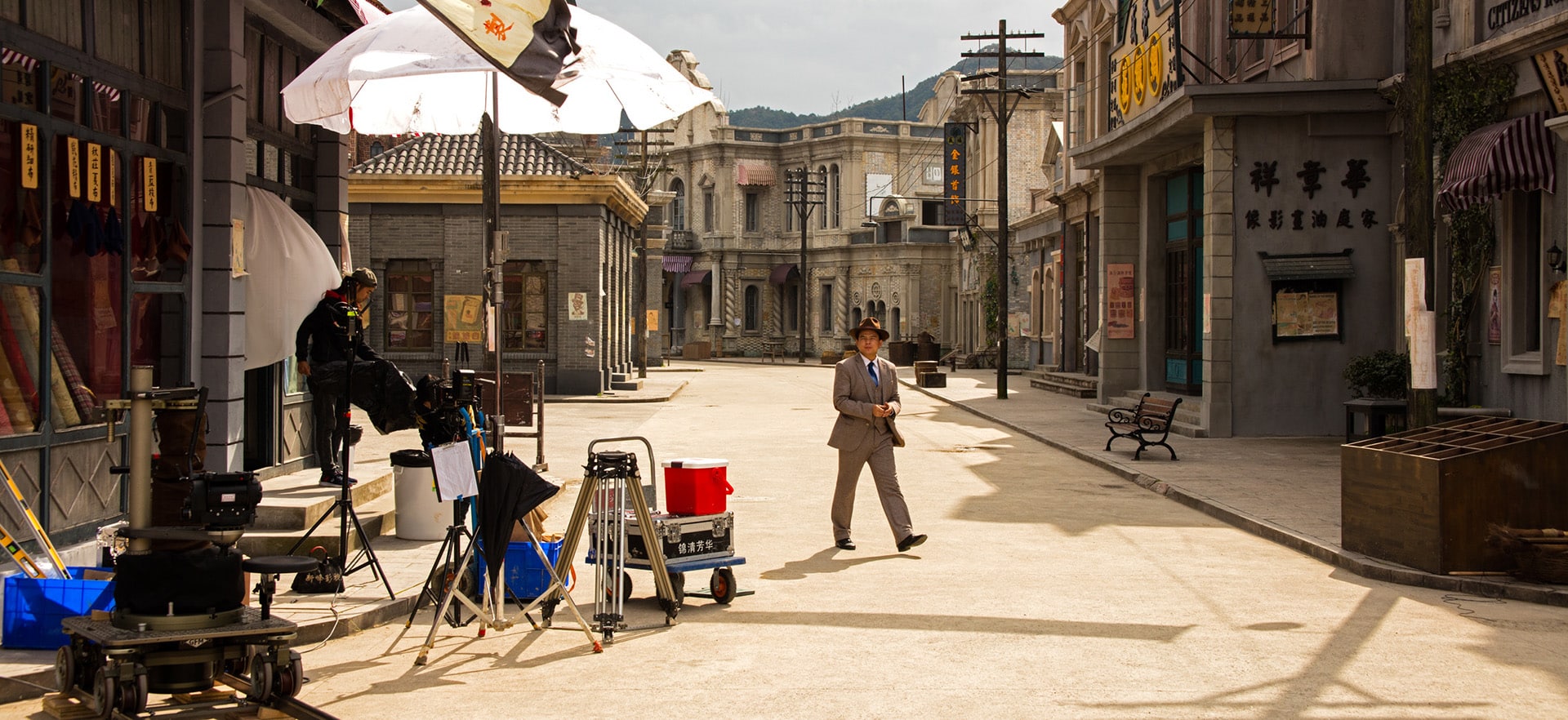Through the example of two recently published books, our columnist shows how photography can thwart the staging of authoritarian states.

You’re getting blind.
Don’t miss the best of visual arts. Subscribe for $9 per month or $108 $90 per year.
Already suscribed ?


